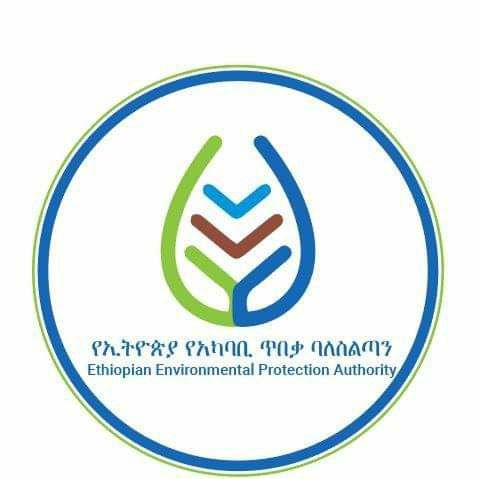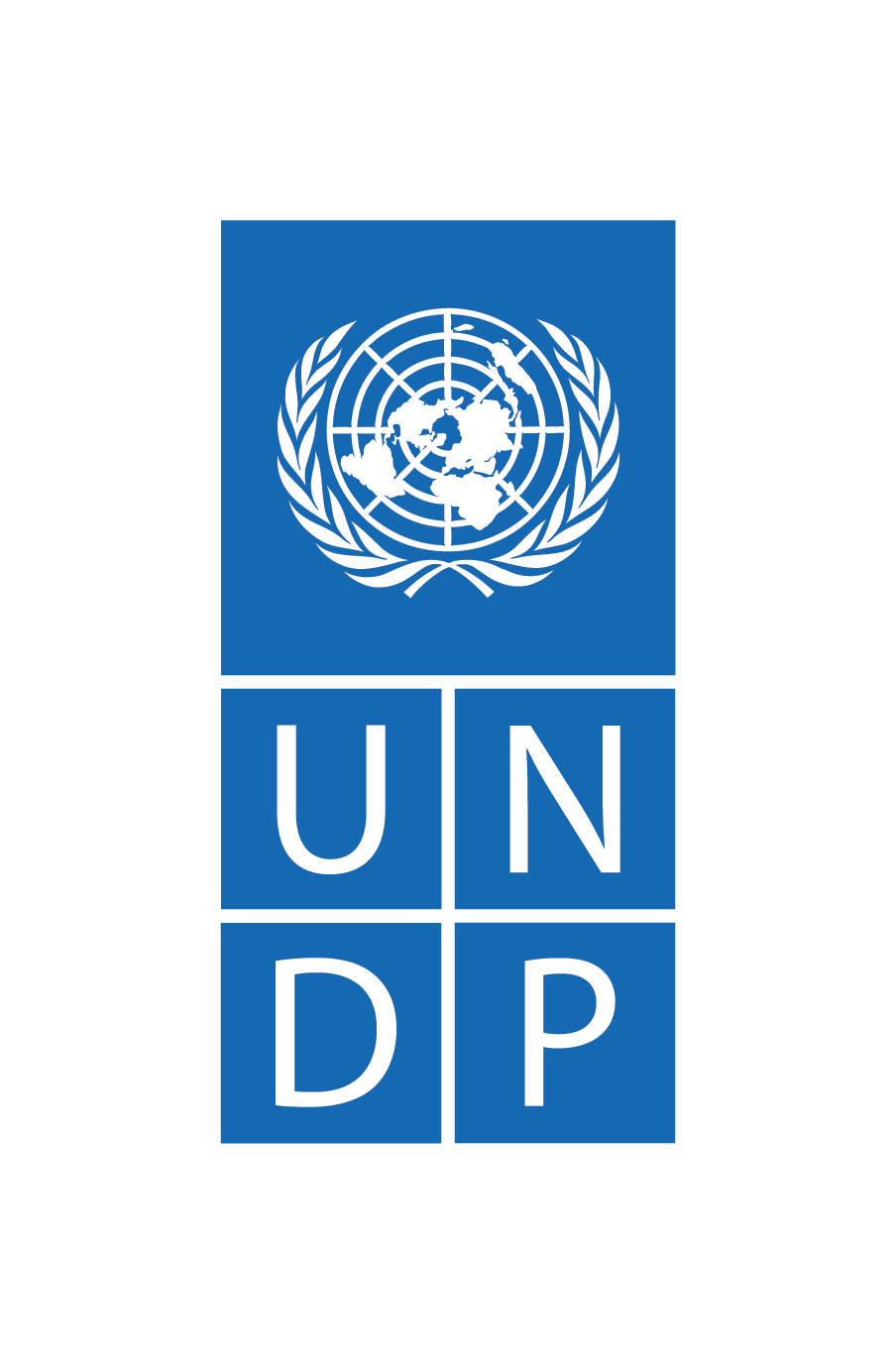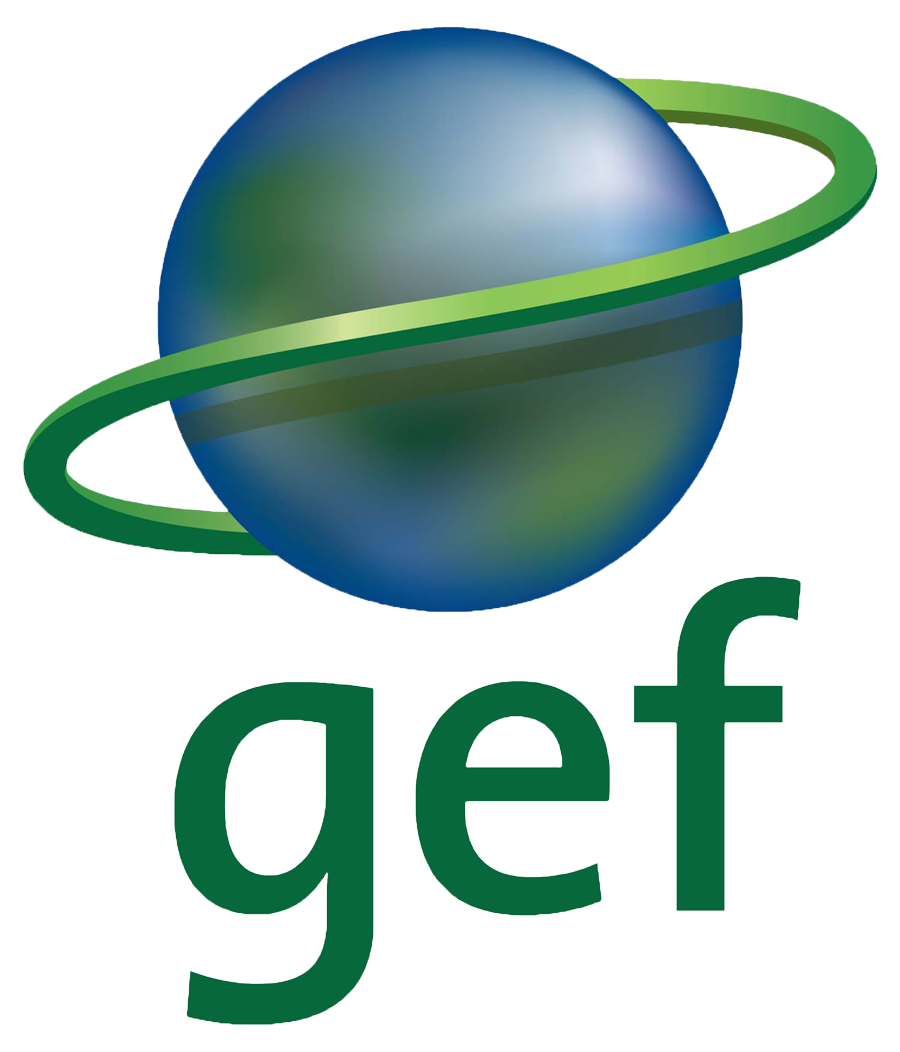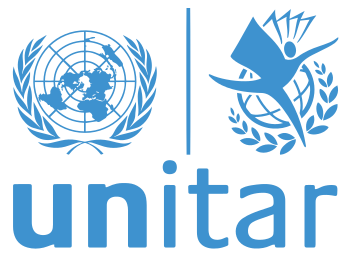PCB Management in Ethiopia Project
1. Background
Persistent organic pollutants (POPs) are a group of man-made organic compounds that are resistant to environmental degradation through Chemical, Biological, and Photolytic processes. For this reason, they remain intact in the environment for a long time; become widely distributed throughout the environment; accumulate in fatty tissue of living organisms; and are toxic to humans and wildlife. The Stockholm Convention on Persistent Organic Pollutants (POPs) counts Polychlorinated biphenyl (PCB) among the most toxic and persistent chemicals listed in the convention to be eliminated worldwide by 2025. Although PCBs were mostly used in closed systems, like transformers and capacitors, very often such equipment is recycled at the end of their operational life and the PCB oil contained therein can be either directly wasted in the environment, recycled, or even sold as fuel oil. Aware of the adverse human health and environmental impacts of POPs, both at the national and global levels and the need for concerted action to address such impacts, Ethiopia is among one of the countries who took the commitment Stockholm in the convention.
Prior to the onset of the PCB project, the result of the preliminary PCB inventory in Ethiopia indicates that a comprehensive inventory will need to be conducted on all potentially PCB-containing electrical equipment in the Ethiopian electric power and electric utility system. Due to absence of data either on the nameplate or equipment manual, PCB concentrations have not been determined or characterized. Therefore, the lack of adequate national data on PCBs, the potential for significant PCB releases from their use, stockpiles and wastes, and the need to phase out and dispose of PCBs and equipment are major problems that have been prioritized for action.

This GEF-funded PCB management project in Ethiopia to meet the 2025 Stockholm Convention deadline is one of the key responses to the NIP by the Ethiopian government. In collaboration with UNDP, an implementing agency of the GEF, the project intends to provide Ethiopia with the necessary technical and financial support required to ensure that all the PCBs in the country are identified and disposed of. The identification and disposal of PCBs will result in health risk reduction associated with PCBs. This will lead to improved health and well-being of the people and contribute to sustainable development.
As the then (preparation of the project) inventory from the National Implementation Plan (NIP) was not sufficiently detailed to plan a full-size project, the project is designed to either confirm the lower bracket in terms of amount of PCBs in the country, and fully address the PCB issue in Ethiopia as part of this Phase 1 project; or identify additional PCBs thus justifying a phase 2 follow-up PCB project. The present project will include the identification and disposal of 150 t of PCB-contaminated equipment and waste.
2. Project Objective
- Overall objective: strengthening capacity of national stakeholders to manage PCB as well as to achieve its elimination.
- Specific objective: identification and disposal of 150 t of PCB-contaminated equipment and waste
3. Project Budget
Total budget USD 1,990,000 plus USD 150K UNDP- core funding.
4. Project Duration
The project has four years + 1 year no cost extension
5. Partnerships:-
The project will be implemented in partnership with the relevant institutional and industrial partners, i.e. Environmental Protection Authority, Ethiopian Electric Power, Ethiopian Electric Utility, Ethio-engineering Group, Ethiopian Conformity Assessment Enterprise (ECAE) other potential holders of PCB equipment, and other interested and affected stakeholders. Each one of these partners will play a specific role in ensuring that the changes needed for the project implementation are achieved.
6. Project Component
Component 1:Strengthening of legal frameworks, administrative processes and technical preparedness for the sound management of PCBs in Ethiopia
This component will support Ethiopia to conduct a comprehensive assessment of the national and institutional legal framework, key stakeholders, and gaps and overlaps, and to prioritize needs. After the comprehensive review and assessment, a decision will be made to draft new legislation specifically on PCBs or to strengthen the existing ones with inclusion of PCB-specific provisions. The assessment will also address institutional capacity and arrangements for the management of PCB, and gaps and overlaps will be identified and addressed through consultation and coordination processes. In addition to the legal instruments to be put in place for PCB management and disposal, a national PCB tracking system to prevent illegal importation of equipment likely to contain PCBs will be developed. This will involve periodic technical visits to the PCB holders, which will provide technical support and advice to purchase PCB-free transformers, capacitors, and related equipment; and preventing exports of suspected PCB-containing transformers. As part of the actions to prevent PCB-related accidents, the current chemical response procedures and mechanisms will be strengthened and piloted.
Internal guidelines and procedures targeted for utility companies and step-by-step approaches for those working with equipment and oil likely to contain PCBs will be developed and training provided for all the affected workers. The utility companies will be requested to sign off on these guidelines and procedures to confirm their commitment.
Component 2: Review and strengthening of national capacity for PCB management throughout the lifecycle
This component will support Ethiopia to review and strengthen data collection and management capacity, as well as to develop detailed PCB management plans at the facility level. A comprehensive PCB training programme will take place, covering PCB inventories, analysis, prioritization, and development of management plans.
The inventory database will also provide a platform for characterisation of PCB waste streams. This characterization will then facilitate a feasibility study of using cost effective, technologically robust, and available technologies to promote environmentally sound management and disposal of PCBs. About 33,000 pieces of transformers and capacitors will be inventoried covering all 10 regions of Ethiopia. The outcomes of the feasibility study will form a basis for the development of PCB management plans.
Furthermore, this component will result in improved generation/collection of data, information, and monitoring of PCBs providing solid support to sound decision-making and planning process for ESM of PCBs. Comprehensive guidance on operation and maintenance of PCB-contaminated equipment, identification and labelling procedures, handling, transportation, temporary storage, and disposal will be developed.
Additionally, a national PCB management plan will be developed and tested at the national and facility levels. The national PCB tracking system will also be tested. Training will be provided at the beginning of the implementation of each activity.
Under this component, an awareness raising strategy will also be developed, awareness materials such as brochures, project cards, meeting banners and posters, for different target groups, will be developed and disseminated at the different levels – communities, technicians and policy-makers. Media briefing events both at mid-level managers (facility managers) and high-level (ministers, members of parliament and chief executives) will be planned and executed. Furthermore, local communities will have access to awareness raising materials in their own local languages and trainings for the community leaders will be organized. All these efforts will be geared towards ensuring that there is better understanding of the problem and ensure protection of the population and the environment from adverse effects of PCBs. The awareness raising will also contribute to generating political support for the project.
Component 3: ESM of PCBs liquids and equipment in use or out of service
This component will minimize and to a greater degree eliminate the risk of adverse effects of PCBs in the population and the environment. The database information will provide the required information to characterize the PCB waste streams and concentrations in the various matrices where PCBs are found. PCB-containing transformers and capacitors will be collected and transported to four central temporary storage facilities. Based on waste characterization outcomes, management and disposal options will be evaluated. The project will establish priorities according to the conditions of the PCB stocks and to the location. In that sense, the PCB management plans, developed in the previous project component, will guide facilities in their maintenance and disposal operations. The evaluation of disposal options will take into account the levels of PCB concentrations and the condition of the equipment. To reduce costs, a dechlorination approach will be explored. For example, the treatment or disposal of contaminated transformers which are relatively new and in good working order might only require a dechlorination approach – whereas old, defective and highly contaminated transformers in low- or high-risk areas might require a different approach. These types of transformers and capacitors will be considered for dismantling at licensed facilities and will be incinerated with PCB oil at an incineration facility meeting international standards as defined by the Stockholm Convention. More importantly, the national PCB management team will decide on the PCB thresholds using internationally acceptable approaches and characterize the risk categories. The final decisions for treatment or disposal include several options. For example, a joint de-chlorination venture with Kenya for PCB-contaminated oil (the feasibility of which would depend on coinciding project timeframes and logistics, and cost-effectiveness), incineration in cement kilns (if practical), or export for destruction. The process for evaluating these options will be robust and will include considerations such as: condition of the equipment, convention requirements, PCB concentrations in the waste streams, and local conditions.
Furthermore, under this component, selected locations designated to serve as sites for PCB temporary storage facilities will be environmentally- and human-risk assessed. Management plans including emergency response plans for each temporary facility will be developed and implemented for each site. 150 metric tonnes of PCB oil transformer carcasses, capacitors, and contaminated soils are expected to be shipped out of the country and disposed of through high temperature incineration (standards, licensing scheme, and licensed facilities to incinerate PCBs are currently not available in Ethiopia.). The estimation of 150 metric tonnes of PCB oil transformer carcasses, capacitors and contaminated soils is based on the preliminary NIP data, the 33,000 transformers in the country, and the trends from other countries of similar nature, based on the experience of UNITAR in other countries. The precise figure will be confirmed during project implementation.
Based on other experiences from the region, the total cost of PCB disposal including transportation is in the range of USD 3,500-4,500 per ton. Factors that impact the cost include location of the port of exit, composition of PCB waste, inland transportation, and distance from the origin of PCB waste (Ethiopia) to the final destination. Djibouti will be the port of exit for the Ethiopian PCB materials; Djibouti has been a point of transit for other hazardous waste exports for disposal operations in the past. This possibility was confirmed by a representative of Djibouti, provided that necessary support documentation as per the Basel and Stockholm Conventions are provided to the competent authority in Djibouti.
Training (both theoretical and practical) will be conducted before the commencement of each activity planned under this component.
Considering the training required and the potential additional costs linked to the fact that Ethiopia is a landlocked country, which can make the operations more complex and costly, a total cost of USD 900,000 for 150 tonnes has been estimated for this component, which corresponds to USD 6,000 per tonne. This is a reasonable estimate of the expected overall costs for this disposal operation and the required necessary preparation for it. Moreover, as the project will enable the development of a comprehensive foundation for PCB management (which can also be applied to other POPs and chemicals management), subsequent projects, such as a phase 2 PCB project (which will not require foundational activities), will be implementable at greatly reduced costs compared to other PCB projects.
Component 4: Monitoring, evaluation and replication
Under this component, an internal project monitoring and evaluation (M&E) team will be constituted. The M&E team will regularly provide quarterly reports on project performance, stakeholders’ views on project impacts, and recommendations for improvements. Yearly lessons-learned reports will be prepared and disseminated. Lessons learnt and case study reports for each demonstration project (e.g. upgrading temporary storage sites) will be prepared for each project milestone, endorsed by national stakeholders, and shared internally and externally with other project countries such as Kenya and others, where similar projects are envisaged, and generally with countries implementing PCB management projects. Best practices for introduction of ESM will be identified, documented, and disseminated to participants, other stakeholders and Parties of the Stockholm Convention. The national project website will be developed for engagement, sharing good practices, guidance/tools, and experience. End-of-project publications will be prepared and disseminated.
PCB Database System
Download(Resources)
Implemented by |
Supported by |
Funded by |
Technical Support by |
 |
 |
 |
 |





